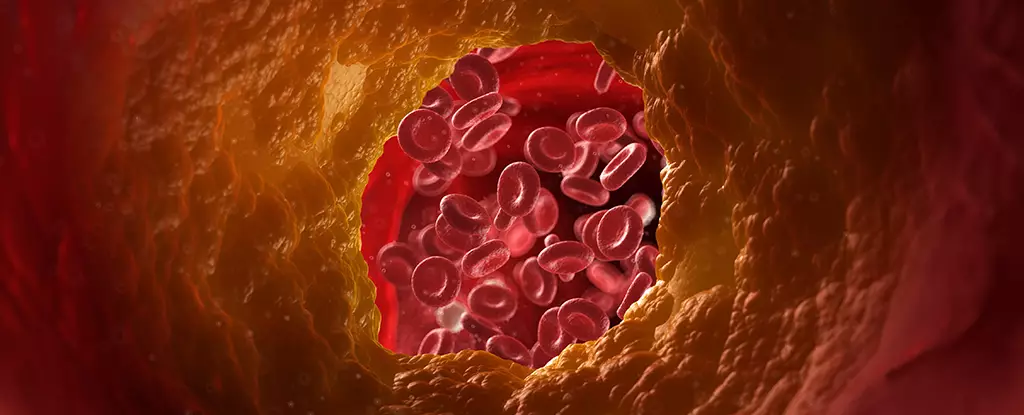Cardiovascular diseases have long been recognized as a leading cause of mortality across the globe. As our modern lifestyles grow increasingly sedentary and diets become richer in unhealthy fats, conditions like atherosclerosis—characterized by the buildup of plaques within the arteries—have become more prevalent. Recent advancements in nanotechnology are paving the way for novel therapeutic interventions that could significantly mitigate this risk. Researchers from Michigan State University and Stanford University have made remarkable strides by leveraging carbon nanoparticles to target and eliminate arterial plaques, presenting a promising new frontier in cardiovascular health.
At the core of this revolutionary approach lies the utilization of nanoparticles, which are incredibly small particles measuring less than the width of a human hair. These carbon nanoparticles serve a multifaceted purpose: they are designed to deliver drugs that stimulate our immune response to combat plaque buildup in the arteries. By directly targeting the inflammation caused by atherosclerosis, these nanoparticles can potentially renew the body’s natural ability to clear out dead and damaged cells through a process known as efferocytosis.
Efferocytosis is crucial for maintaining arterial health, but it can become ineffective when overwhelmed by excessive plaque formation. By reactivating this process, researchers aim to restore the body’s natural defenses against cardiovascular disease. This is a significant shift in the therapeutic landscape, as it positions the immune system as an active player in managing and reversing arterial damage.
The research team conducted their studies using a pig model of atherosclerosis. Pigs were chosen due to their physiological similarities to humans, which enhances the relevance of the findings. Using positron-emission tomography (PET) scans, the effectiveness of the nanoparticle therapy was assessed, revealing substantial reductions in arterial plaque and corresponding inflammation levels. The precise targeting of the technique significantly reduced the risk of collateral damage, a common concern in many therapeutic strategies.
As emphasized by biomedical engineer Bryan Smith, the absence of anticipated side effects bolsters the argument for the potential safety and efficacy of this treatment method. The success witnessed in pigs not only highlights the nanoparticles’ capacity to deliver therapeutic agents effectively but also indicates scalability for future human applications.
As promising as these developments seem, the journey from the laboratory to the clinic is often fraught with challenges. Still, the researchers are currently strategizing ways to prepare for human clinical trials. There is an urgent need for effective treatments that not only reduce the prevalence of atherosclerosis but also enhance overall cardiovascular health. As traditional interventions such as dietary changes and increased physical activity continue to play vital roles, novel treatments like this nanoparticle approach could offer a complementary avenue for those at high risk for cardiovascular diseases.
In a world where heart disease is a principal cause of death in numerous countries, biomedical advancements that enhance our understanding of cardiovascular health are imperative. As the research progresses, the prospect of having accessible and effective nano-therapies leads us to a hopeful future. The integration of cutting-edge solutions could redefine how we approach cardiovascular risks and manage diseases that have claimed countless lives over the decades.
The arena of cardiovascular health is evolving, and with it, our strategies to combat diseases that have far-reaching consequences for public health. The concerted efforts of researchers employing nanotechnology to develop these targeted therapies represent a major leap forward. As we stand on the cusp of potentially transformative clinical trials, it is essential to remain cognizant of the broader implications. An effective fusion of lifestyle modifications, scientific research, and advanced therapeutics holds the promise to significantly curtail the impact of cardiovascular diseases, offering hope for healthier futures.

